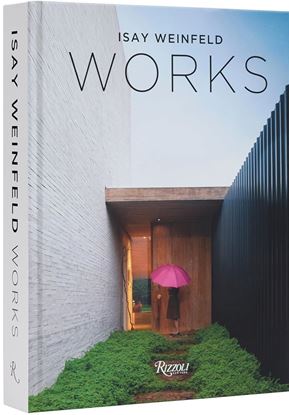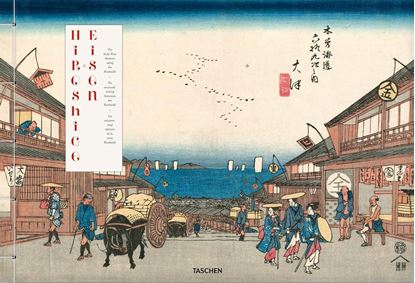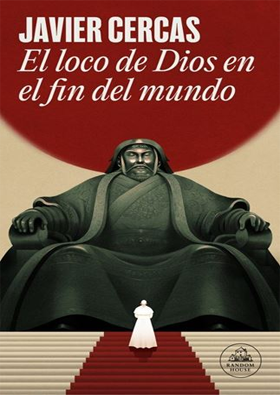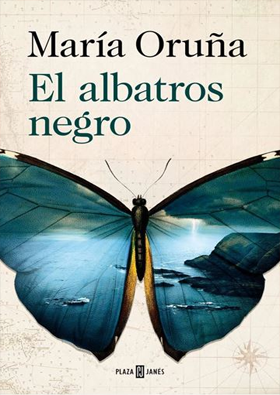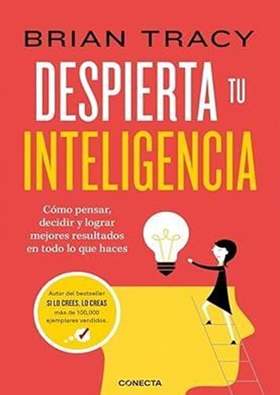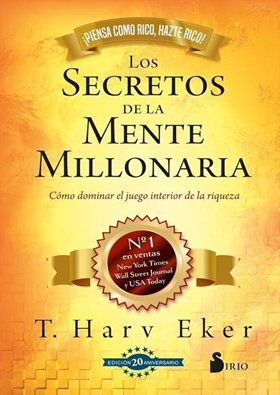

NOVEDADES
ISAY WEINFELD WORKS
Weinfeld is renowned for work that exudes the power of classical modernism while being completely of its own moment. Biophilic design, an approach to architecture that emphasizes and embraces the natural world and its restorative qualities, is at its heart, allowing for a gorgeous aesthetics while also celebrating nature. Here, design offers sublime symbiosis where natural world and that which is human-made serve as complements. Above all, the buildings are easy to be in, inviting, and elegant—and all without ostentatiousness.
7,995
XL-HIROSHIGE/EISEN, KISOKAIDO-INT
The Kisokaido route through Japan was ordained in the early 1600s by the country’s then-ruler Tokugawa Ieyasu, who decreed that staging posts be installed along the length of the arduous passage between Edo (present-day Tokyo) and Kyoto. Inns, shops, and restaurants were established to provide sustenance and lodging to weary travelers. In 1835, renowned woodblock print artist Keisai Eisen was commissioned to create a series of works to chart the Kisokaido journey. After producing 24 prints, Eisen was replaced by Utagawa Hiroshige, who completed the series of 70 prints in 1838.
8,995
DAVID HOCKNEY. 220 FOR 2020 (TD) (INT)
From a small, picturesque farmhouse in the rich fields and meadows of Normandy, David Hockney followed the changing seasons across 2020 and into the new year. He used his iPad to spontaneously depict impressions of the landscape surrounding him, catching the first spring blossoms, the smell of summer, the saturated colors of autumn, and the stark shapes of dark branches in winter time. The 220 (plus four bonus) iPad paintings in this book are printed with six colors to match the richness of the artist’s vision. A short introduction by Hockney reveals how this planned project became a lifeline during the COVID lockdown, from which he spread his message of hope: “Remember they can’t cancel the spring.”
9,500


